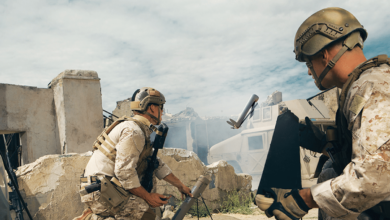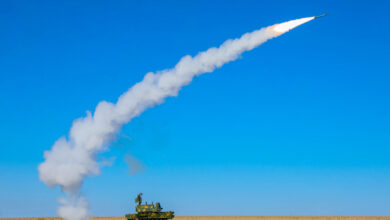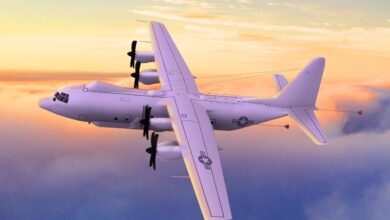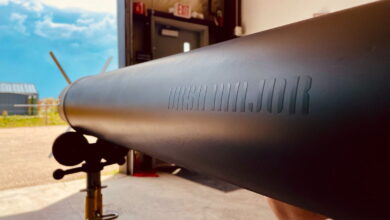US Army Soldiers Deploy Robotic Vehicle in Simulated Battle
The US Army deployed a Robotic Combat Vehicle (RCV) surrogate for the first time in a simulated battle last month.
Soldiers from the 1st Battalion, 509th Infantry employed two Project Origin vehicles in a mock battle involving the 3/101st (Air Assault) at the Joint Readiness Training Center in Fort Polk, Louisiana.
Project Origin is an Army Combat Capabilities Development Command (DEVCOM) testing and demonstration platform, assisting the development of the RCV program. The program calls for the design of autonomous vehicles for a range of tasks such as infantry and counterstrike missions.
Unmanned Platform Development
As part of the Project Origin effort, on-site engineers and technicians collect technical data while on-field soldiers assess and validate the deployment of autonomous systems in a “manned-unmanned teamed formation,” along with identifying new capabilities for further innovation.
Sergeant First Class Eugene Lackey (Pathfinder Company) offered his feedback on the exercise, saying that the unmanned systems increased the “human survivability rate” “significantly.”
“This system allowed us to close with and destroy the enemy safely from a distance. It [also enabled] us to find the enemy before he could find us. It is a great tool and I wish we could have it for a little bit longer to really see how we can change the way wars are fought.”
Manned-Unmanned Teaming
The exercise saw soldiers and robots encountering tropical storms and providing another layer of complexity to assess the teaming effort. This effort included the soldiers deploying the autonomous vehicle to block a critical intersection for 36 hours, deny a helicopter landing, perform route reconnaissance, and assist other soldiers in completing tasks. Four operators and a non-commissioned officer handled the robotic vehicle during the exercise.
Major Cory Wallace, RCV lead for NGCV CFT (Next Generation Combat Vehicles Cross-Functional Team), revealed that the exercise validated that “if we assign the dumb, dirty, dangerous missions to the robots, we can re-assign our Soldiers to the high-priority complex missions and tasks.”












